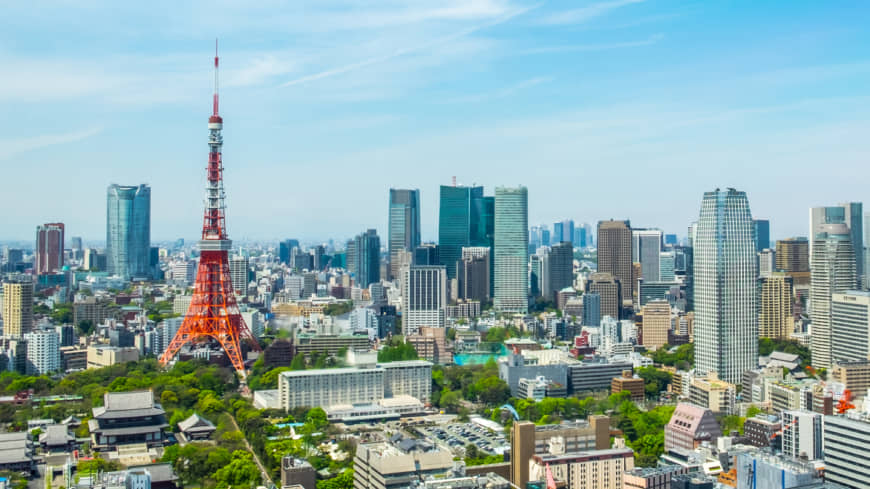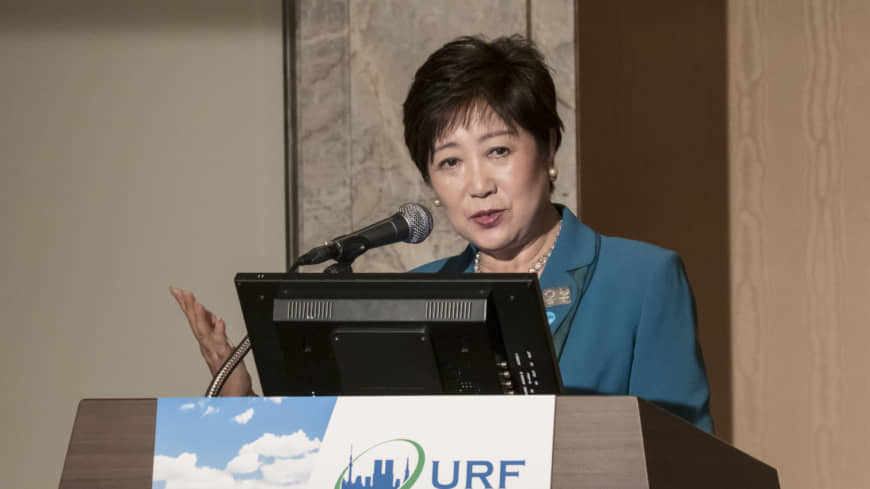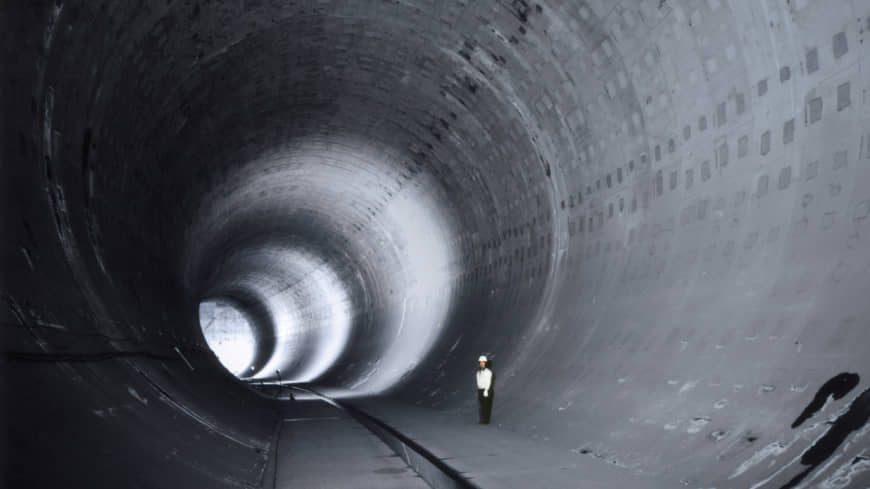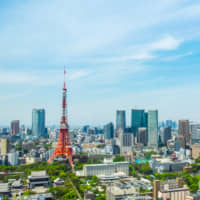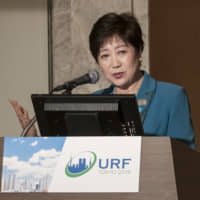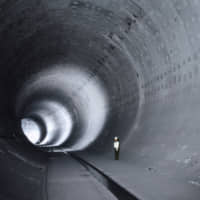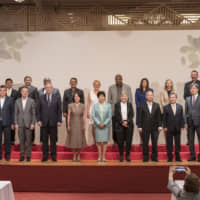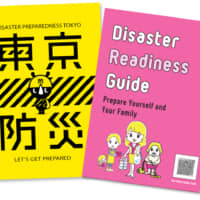Amid the increasing frequency and intensity of disasters hitting the world’s urban areas, leaders of capitals and major cities across the globe pledged at a recent forum in Tokyo to create cities to better safeguard the lives and property of residents from natural calamities.
At the Urban Resilience Forum Tokyo (URF), which took place from May 20 to 22, leaders, representatives and officials from 17 cities from around the world, including Tokyo Gov. Yuriko Koike, discussed local governments’ common responsibilities and relevant efforts under the theme of “Effective Disaster Risk Reduction in Urban Management.”
The Tokyo Metropolitan Government (TMG) hosted the event to bolster collaboration between cities and their common assets through sharing disaster preparedness policies and findings ahead of the Olympic and Paralympic Games Tokyo 2020.
In her opening remarks on May 21, Koike stressed the importance of collaboration between cities for the improvement of disaster-related measures.
She shared that what’s essential in disaster countermeasures is that cities going through reconstruction after damage from natural disasters share their knowledge and experience with the international community and call for mainstreaming disaster prevention efforts globally.
The three-day forum discussions on topics such as securing resilience, reducing risks stemmed from disaster and climate change, as well as cities’ sustainable development.
‘Tokyo Declaration’ for resilient cities
At the end of the forum, leaders and representatives issued the Tokyo Declaration on Enhancing Urban Resilience.
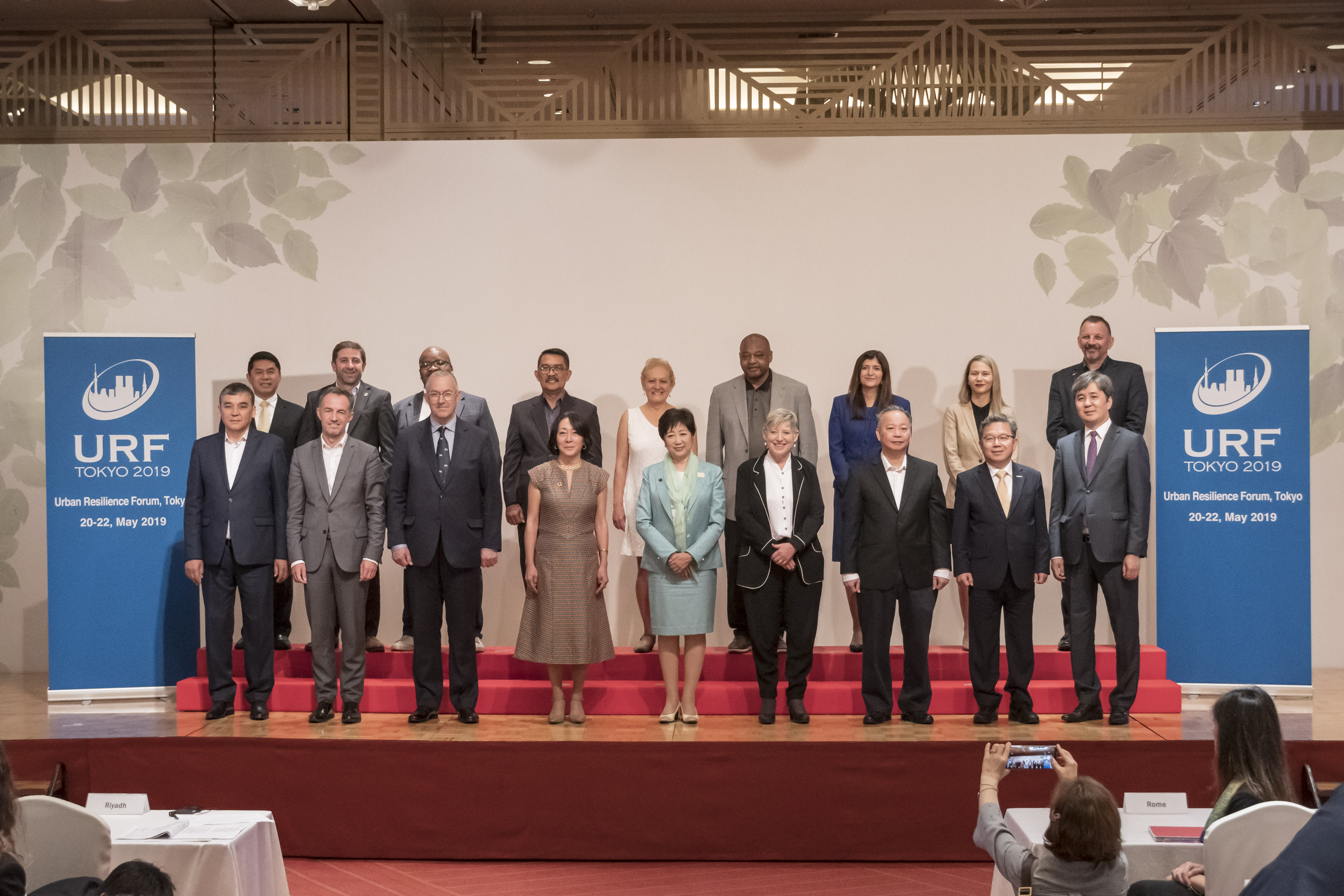
In a bid to create resilient cities, the declaration stated leaders and representatives would work toward achieving a shared concept of a mainstream understanding of overall disaster risk reduction that extends beyond public institutions to all citizens; the declaration hopes to forge resilient cities through addressing different demographics’ respective viewpoints, needs and lifestyles.
The leaders and representatives stressed that enhancing “urban resilience” to secure the lives and property of citizens is a priority in realizing this vision.
“To enhance resilience to disasters, we will develop infrastructure in accordance with the disaster risks specific for each city, such as earthquake resistant structures and flood-control measures,” the declaration noted.
In implementing relevant measures, the leaders and representatives said they would seek to create a comprehensive program to raise awareness and interest among citizens and cooperate with private sectors, pursuing to “mainstream disaster risk reduction and resilience” into urban development, among other goals.
Organizing URF was part of the TMG’s “Host City Tokyo Project”; it seeks to contribute to the success of the Tokyo 2020 Games and further showcase the capital and secure the growth of Japan through utilizing the sporting event’s legacy.
Three pillars of disaster management
The host city of the upcoming Tokyo 2020 has long strengthened its disaster prevention efforts and implemented various measures, especially focusing its support on three pillars — kōjo (public assistance), jijo (self-help) and kyōjo (mutual help).
At the mayoral roundtable session during URF on May 21, Koike said in her presentation, given in English, that Tokyo has worked to secure the safety of its residents and infrastructure, and mentioned potential immediate risks that the Japanese capital could face.
“Tokyo was hit by the Great Kanto Earthquake in 1923. Now almost a hundred years later, experts predict a 70 percent risk that another large earthquake will strike our city within the next 30 years,” she said. “Alongside earthquakes, typhoons and torrential rains are increasing in frequency due to climate change.”
What the TMG has committed to in the public assistance area includes reinforcing quake-proof infrastructure such as buildings, water pipes and sewage systems, according to Koike.
It has also been working on removing utility poles on Tokyo Metropolitan Roads, which could block roads if they fall during disasters, and placing cables underground to ensure necessary services remain available.
To capture excess water from rivers and sewers in flooding, the metropolitan government is building underground reservoirs beneath roads and parks. It is also working on strengthening levees and floodgates to protect the city from tsunami and storm surges.
The governor noted that jijo and kyōjo would actually be of help in times of disaster, citing an example from a past earthquake.
“I experienced the Great Hanshin-Awaji Earthquake in 1995. At that time, the rescue rates from self-help and mutual help were far higher than those from official rescue teams and other public assistance,” she said. “This made people realize the importance of self-help and mutual help.”
Booklets, app for better preparedness
Koike noted the Great East Japan Earthquake in 2011 exemplified why preparedness is crucial, as the disaster paralyzed the capital’s transportation networks and created food and necessity shortages.
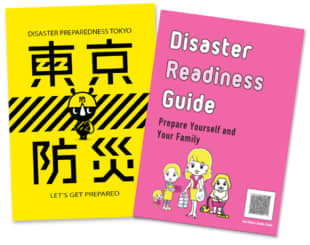
In response, the TMG distributed a booklet “Disaster Preparedness Tokyo” in 2015 with the aim of promoting awareness of self-help and mutual help and cooperation among residents and communities. In addition to Japanese, it is also available in English, Chinese and Korean.
Additionally, the metropolitan government published another booklet, “Disaster Readiness Guide” in 2018, featuring a woman’s perspective in disaster prevention. Like the 2015 booklet, it is distributed in English, Chinese and Korean.
The Disaster Preparedness Tokyo App featuring the contents of both booklets went on to be released, creating another convenient option for people to easily access disaster prevention information.
The latest efforts from the TMG so as not to leave anybody behind include the distribution of “Tokyo My Timeline.” This is a package of relevant materials that “encourage people to create personal action plans for evacuations during wind and flood disasters using a simple timeline planning kit,” according to Koike. It is also available online at https://www.bousai.metro.tokyo.lg.jp/mytimeline/index.html.
The TMG’s efforts now extend to offering up-to-date information online. One useful website is Tokyo Amesh (https://tokyo-ame.jwa.or.jp/en/index.html), which provides real-time rainfall information on a map of Tokyo.
To ensure the safety of foreign residents and the millions of visitors Tokyo welcomes every year, not to mention the many visitors the capital looks forward to hosting during the Tokyo 2020 Games, the TMG’s Disaster Prevention Information website (https://www.bousai.metro.tokyo.lg.jp/index.html) provides content in multiple languages alongside Twitter and other outlets, according to Koike.
Importance of learning from each other
In concluding her speech at the roundtable session, she offered “Be prepared” as a key phrase to secure the safety of people and cities. The phrase is the motto of the Girl Scouts, of which Koike was a member when she was a child.
“It is my hope that we can learn from each other and help each other, make our respective cities safer,” she said.
For further information on URF Tokyo, see http://www.soumu.metro.tokyo.jp/01soumu/kikaku/urf-tokyo/index.html. To learn more about the TMG’s overall disaster prevention efforts, visit https://www.bousai.metro.tokyo.lg.jp/index.html.



